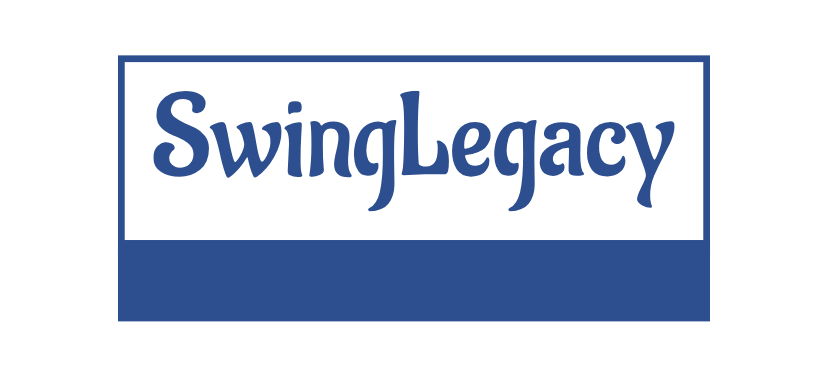The journey to find the perfect used car can be both exciting and daunting. With so many options available, it’s easy to feel overwhelmed. But fear not! This guide will walk you through the process of searching for the best used cars, ensuring you drive away with a reliable vehicle that fits your needs and budget.
Before diving into the search, it’s crucial to understand why buying a used car can be a smart choice. Used cars often offer great value for money, as they’ve already gone through their initial depreciation. This means you can get a high-quality vehicle at a fraction of the cost of a new one. Plus, with proper research and inspection, you can find a car that’s just as dependable as a brand-new model. For those looking to sell their current vehicle, consider using services like We Buy Any Car UK Valuation, which can simplify the process and provide a fair price for your used car.
Define Your Needs and Budget
The first step in your used car search is to clearly define what you need from a vehicle. Are you looking for a fuel-efficient commuter car, a spacious family SUV, or a rugged pickup truck for work? Make a list of your must-have features and prioritise them. This will help narrow down your options and keep you focused during your search.
Equally important is setting a realistic budget. Remember to factor in not just the purchase price, but also ongoing costs like insurance, fuel, maintenance, and potential repairs. It’s wise to leave some wiggle room in your budget for unexpected expenses.
Research
Now that you know what you’re looking for and how much you can spend, it’s time to dive into research. The internet is your best friend here. Use car comparison websites to read reviews, check reliability ratings, and compare different models within your budget. Pay attention to common issues reported for specific makes and models, as this can help you avoid potential headaches down the road.
Don’t forget to research the fair market value of the cars you’re interested in. Websites like Kelley Blue Book and NADA Guides can give you a good idea of what you should expect to pay based on the car’s age, mileage, and condition.
Cast a Wide Net
When it comes to finding used cars for sale, you have numerous options. Start by checking online marketplaces like AutoTrader, Cars.com, and Craigslist. These sites allow you to filter your search based on your preferences and budget, making it easier to find potential matches.
Don’t overlook local dealerships, both franchised and independent. While their prices might be slightly higher than private sellers, they often offer warranties and have thoroughly inspected their vehicles. Some dealerships even specialise in certified pre-owned (CPO) cars, which can offer additional peace of mind.
Private sellers can sometimes offer better deals, but transactions with them require extra caution. If you go this route, always meet in a safe, public place and bring a friend or family member with you.
Vehicle History and Inspection
Once you’ve found a few promising candidates, it’s time to dig deeper. Always request a vehicle history report using the car’s VIN (Vehicle Identification Number). Services like Carfax or AutoCheck can reveal important information about the car’s past, including accidents, previous owners, and service records.
If the history report looks good, the next step is a thorough inspection. If you’re not confident in your ability to assess a car’s condition, consider hiring a professional mechanic to perform a pre-purchase inspection. This small investment can save you from costly surprises down the line.
During the inspection, pay attention to:
– The overall condition of the exterior and interior
– Signs of rust or previous repairs
– Tire wear (uneven wear can indicate alignment issues)
– The smell inside the car (musty odors might suggest water damage)
– Functionality of all electronics and features
– Unusual noises during the test drive
Speaking of test drives, always take the car for a spin before making a decision. Try to drive it in various conditions – on the highway, in the city, and if possible, on hills. This will give you a good feel for how the car performs in different situations.
Negotiate Like a Pro
Once you’ve found a car that ticks all your boxes, it’s time to negotiate. Armed with your research on fair market values and any issues you’ve uncovered during the inspection, you’re in a strong position to negotiate a fair price.
If you’re dealing with a dealership, remember that they expect some haggling. Start lower than your maximum budget to give yourself room to negotiate. Be prepared to walk away if you can’t reach a satisfactory agreement – there are always other cars out there.
When negotiating with private sellers, be respectful but firm. Point out any issues you’ve found and explain how they affect the car’s value. Most sellers will be willing to work with you to reach a fair price.
Finalise the Deal
Once you’ve agreed on a price, it’s time to seal the deal. If you’re buying from a dealership, they’ll handle most of the paperwork. Just make sure to read everything carefully before signing.
For private sales, you’ll need to handle the paperwork yourself. This typically includes:
– A bill of sale
– The vehicle title transfer
– Registration documents
Make sure all paperwork is filled out correctly and that you receive a clear title. If the seller still owes money on the car, ensure that the loan is paid off and the title is released before completing the purchase.
